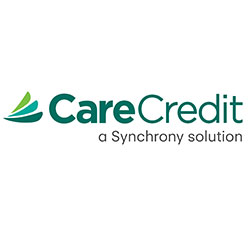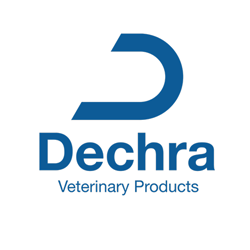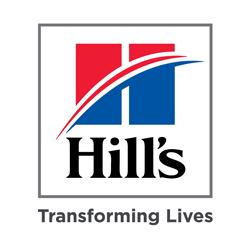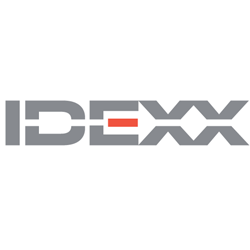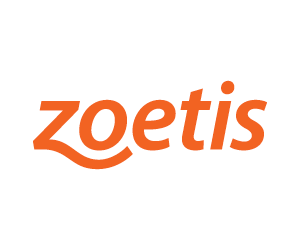Young Adult Cats
Energy requirements of cats are influenced by a variety of factors including age (i.e., life stage), BCS, MCS, neuter status, health status, and activity level. Using indirect calorimetry, young adult active cats have been shown to have higher energy requirements compared with senior cats.90
The amount fed should be adjusted to maintain or encourage ideal body condition, and a BCS should be documented by the veterinarian at each visit.91 Photographs (dorsal and lateral) of the cat can be obtained and recorded. A BCS of 6/9 or 7/9 is considered overweight, and a score of greater than or equal to 8/9 is considered obese.92 The prevalence of obesity in cats ranges from 1.8 to 40% in published studies.60 Being overweight or obese can predispose to a variety of chronic health conditions including diabetes mellitus,93,94 lameness (presumably related to osteoarthritis and soft-tissue injury),93,94 non-allergic skin disease,93,94 urethral obstruction, 95 and, according to one study, an increase in the prevalence of oral disease.93
Neutering is a risk factor for obesity in cats, especially males,96 and dietary energy restriction may be appropriate to prevent weight gain.97 Free-choice feeding is a common strategy used by cat owners and can predispose to overconsumption. Maintenance of a healthy body weight requires monitoring and control of caloric intake. A good starting point is to calculate the adult feline patient’s resting energy requirements (RER) according to the following calculation: RER (kcal per day) = 30 x (body weight in kg) + 70. Daily energy requirements (DER) are determined based on multiplying by a needs factor, which in the case of young, healthy adults is 1. Food intake can be determined by comparing DER with the caloric density of the patient’s foods.85,98–100
Prescription diets are indicated for obesity treatment. These weight loss diets are formulated to provide adequate vitamins and minerals with reduced caloric content. It is important to inform owners of overweight cats that simply feeding less of a maintenance diet in order to reduce caloric intake may result in vitamin and mineral deficiencies.
Boehringer Ingelheim Animal Health USA Inc., CareCredit, Dechra Veterinary Products, Hill's Pet Nutrition, Inc., IDEXX Laboratories, Inc., Merck Animal Health, and Zoetis Petcare supported the development of the 2021 AAHA/AAFP Feline Life Stage Guidelines and resources through an educational grant to AAHA





